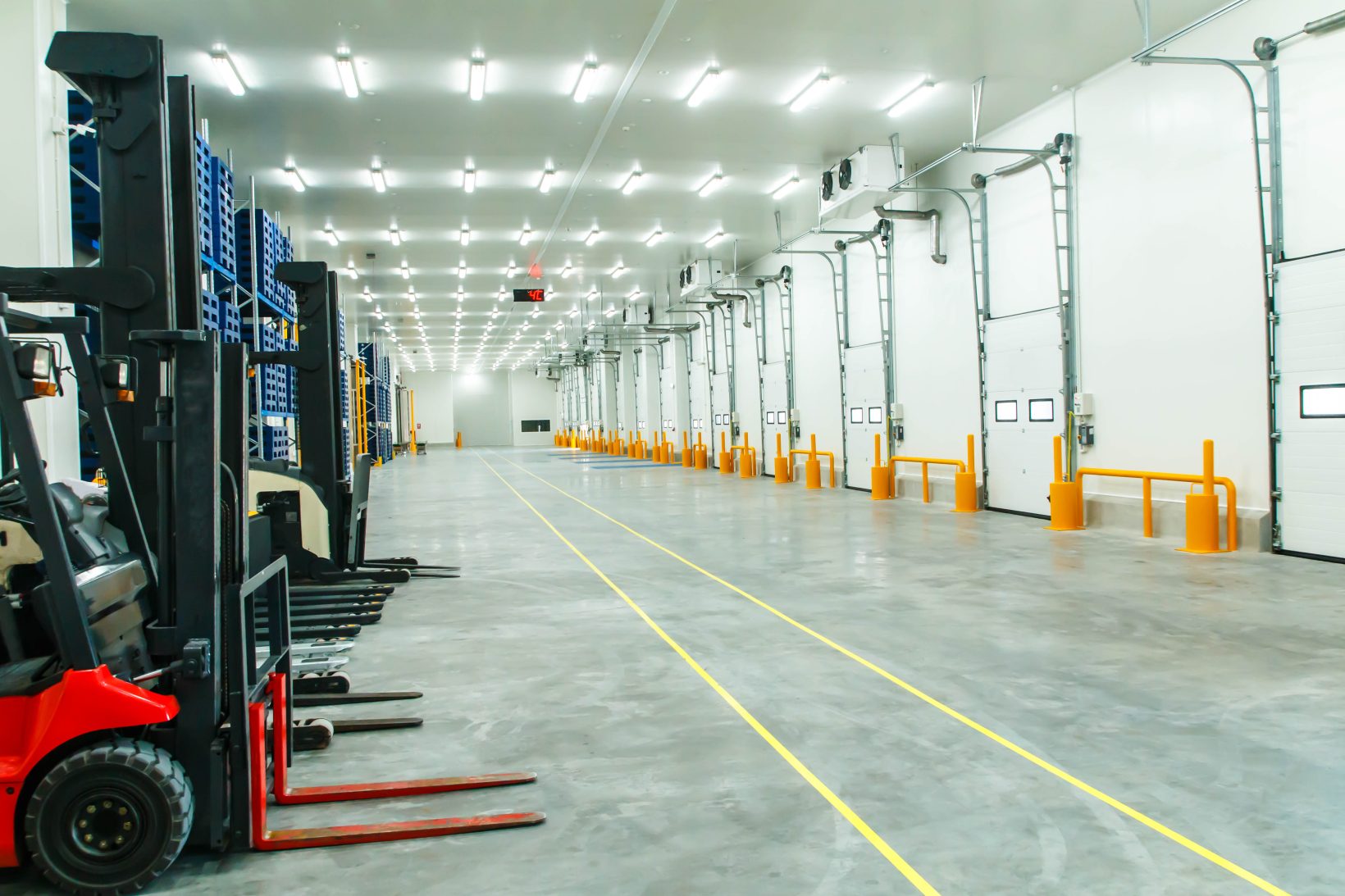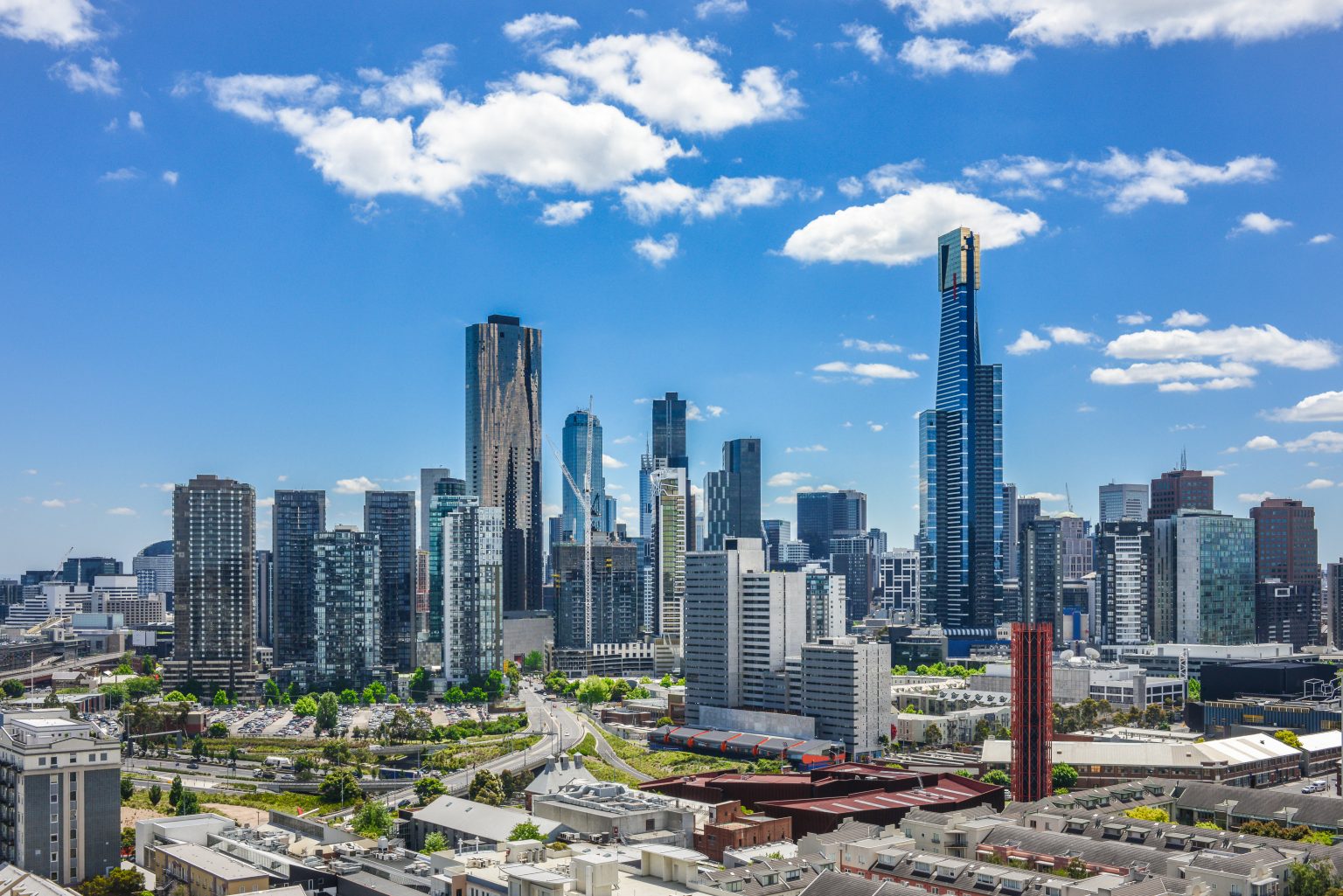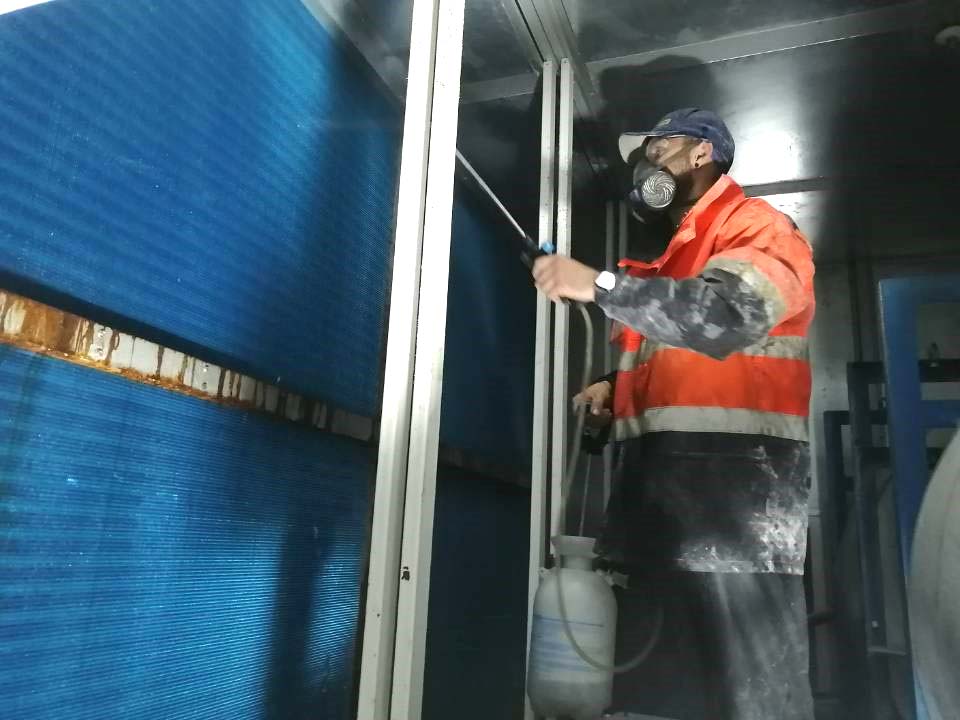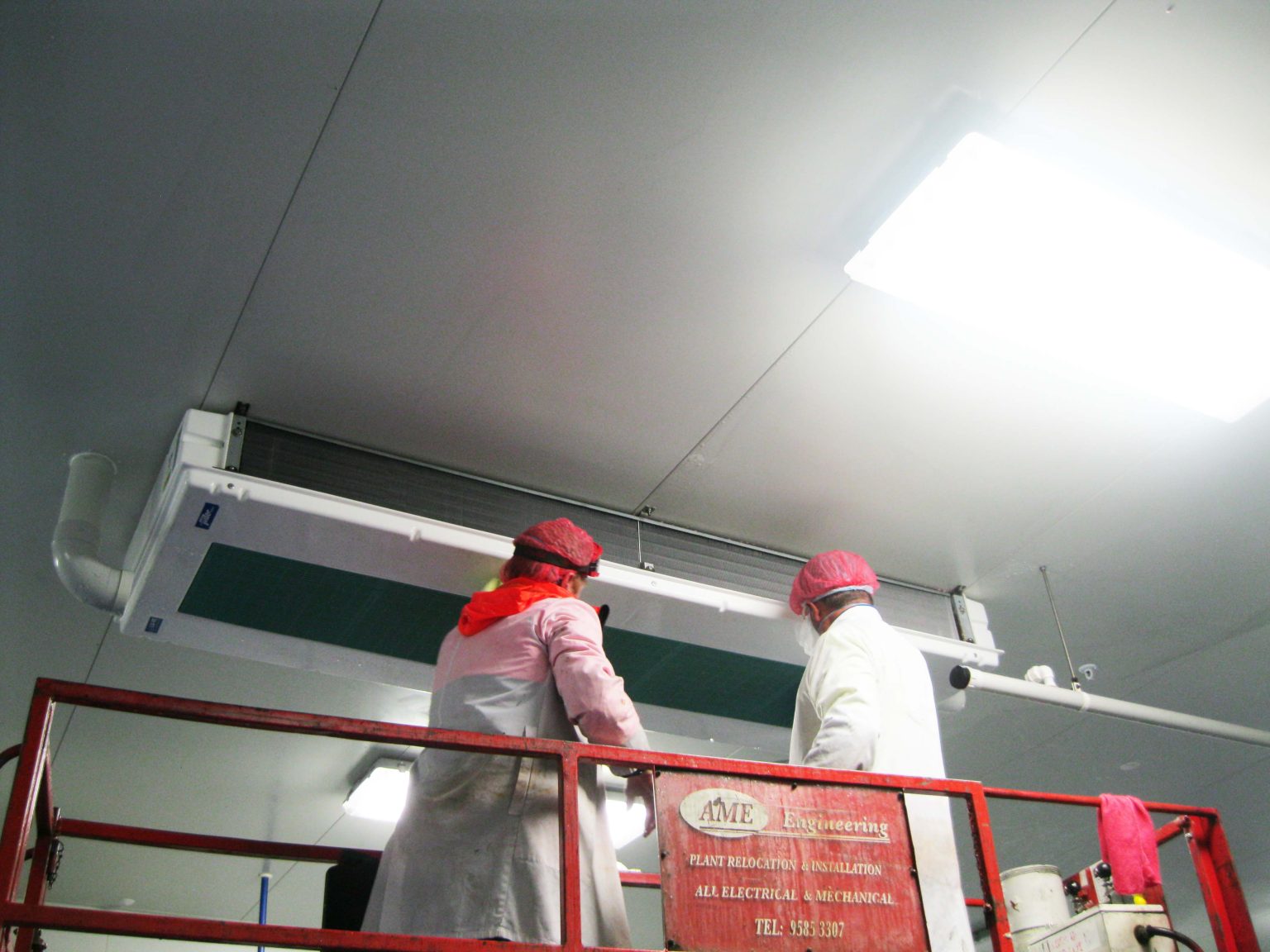
Ever wondered what goes on inside a cooling tower? Would you believe me if I told you that cooling towers can be compared to the conditions of a marine setting, where waves and salt water completely ruin timber structures and metal structures, concrete and fibreglass over time?
We know that cooling towers are something that not a lot of people know about even though most people need them to survive, for most everyday things, usually without even knowing what they do. Cooling towers cool the air-conditioning system in a lot of large buildings, industrial factories, hospitals, shopping centres, data centres and much more.
To better understand the safety procedures that go into making sure your cooling tower is squeaky clean, we sat down with Darren Driscoll as the owner of Coolclean, a 100% Australian-owned and operated company specialising in the cleaning of cooling towers and cool rooms of commercial and industrial premises in Victoria and Melbourne.

Should the interior of my Cooling Tower be cleaned?
If you’re wondering if you NEED to clean the inside interior of your cooling tower, the answer is Yes. As of 2019, it is now a legal requirement to clean the interior surfaces of all cooling towers in Victoria.
Cooling tower owners (landowners, building managers) are required to conduct monthly inspections of cooling water systems and ensure periodic inspections and 6 monthly full interior cleans of their cooling towers.
This means that it’s not enough to simply clean or treat the water in a cooling tower, rather than all interior surfaces of the basin are cleaned up, and disinfected, in fact, any area where water could be present.

Why cleaning inside a cooling tower is important:
Here are several reasons Darren explained why you NEED to make sure your cooling tower is getting the cleaning maintenance it needs:

(click image)
- Help control fungi, bacteria, legionella, and the growth of contaminates.
- Extends the life of your cooling tower, chillers, extruders, or any equipment that the cooling tower is cooling.
- Less chance of disease forming (Legionnaire’s)
- Clean fill pack and coils make sure your system runs efficiently and is cooler.
- Prevent quality control issues with routine cleaning and maintenance combined.
- Dirty surfaces, coils and fill packs can cause corrosion damage
- A dirty cooling tower runs hotter, so the electrical power consumption costs are a lot more.
- Removal of all debris, dirt, dust, or sludge stops blockages of strainers, nozzles, and inside coils
Safety first!
Before starting any work on a cooling tower, does it involve entry into a confined space. Does a confined space risk assessment need to be conducted by a competent person who must also complete a confined space entry permit. You might be wondering does everyone need a permit? The short answer is probably YES. It is a requirement by law that before employees enter a confined space, employers must give them training, an entry permit, a standby person, and a rescue plan written by a competent person.
Coolclean are a government-compliant company that has the authority to write and provide permits for every job they take on.
Control variables for Coolclean’s safety procedure:
Cleaning the inside interior surfaces of a cooling tower comes with some very important steps that can’t be overlooked. The risk and the safety of the service provider, any company employees, and even rescue workers or health workers that may need to attend and assist in emergencies.
These controls include some of the following:
- Ensure the space is well ventilated before entry.
- Test the space prior to entry to ensure that it is safe
- Place a competent stand-by person outside for support and in case of an emergency.
- PPE gear including an oxygen mask to provide non-contaminated air (if need)
- Ensure workers are trained in safe working in confined spaces, emergency rescue, the use of safety harnesses and safety or rescue lines where there is a risk of falling
- Provide personal protective equipment that is suitable for the nature of the work and the hazard, and that is used or worn by workers who have been trained in its use and care.
- Provide rescue, first aid and suitable fire suppression equipment.
Hazards that can occur in confined spaces:
Before entering a confined space, risks that must be considered include but are not limited to the following:
- Suffocation
- Poisoning
- Gases, low oxygen levels
- Contact with hazardous chemicals
- Exposure to Legionnaires Disease
- Moving mechanical parts
- Fire
- Carbon dioxide
- Explosion
- Drowning
- Burial under solids
- Electrocution
- Radiation
- Burning and scalding
- Any other hazard, specific to a particular confined space

Buckle up for a cooling tower rescue plan!
Rescue plans are something that can be very easily overlooked but is something that is quite literally life or death.
Darren explained that Coolclean has established confined space rescue plans, that includes rehearsals, rescue exercises and proper crew training where they go through many extremes, such as specialised training to ensure preparedness in the case of an emergency.
As part of rescue procedures, Coolclean can recommend modifications to ensure that openings and exits to confined spaces are unobstructed and large enough to allow emergency access.
Additionally, any plant, equipment or PPE required for an emergency rescue must be available and maintained in good working order.
One of the main components of a rescue plan is the importance of a stand-by person to raise the alarm, whose main job is to not leave his position while whoever is in the confined space.
Darren told us that “There have been too many cases where unfortunately there a stand-by person in place has not been, where employees had just followed each other into a cooling tower one by one and became involved in very fatal accidents”
Stand-By Tip:
The stand-by person’s main responsibility in the event of an injury or collapse of the person in the confined area is to call for assistance and, if practical, to offer assistance, first-aid, resuscitation, etc.
The Stand-by person must not enter the confined space. In some instances, cooling tower access has been compromised and the only way out is by grinding open a new exit opening.
What happens if your cooling tower needs mechanical or parts replacement?
As Coolclean gets down and dirty with everything inside and out of your cooling towers, there are lots of things involved in their safety check procedures that may determine if a cooling tower needs servicing or repairs.
Indeed, many times repairs of a mechanical nature are required, and this is where Coolclean highly recommends and strongly encourages their clients to speak to Flowmatrix, a company that specialises in repairs and the servicing of cooling towers, including safety equipment such as access platforms and safety ladders.
Flowmatrix can also install a new cooling tower or sell all the parts that people can install themselves. Whatever the situation they will provide you with any advice needed.
When something can go wrong, it usually will at some time:
Darren explained to us “if something as detailed as a cooling tower is not properly looked after, and there is a possibility that something could go wrong, do you really want to take that risk just to save a few more dollars”.
Many people can be deemed responsible for the upkeep of a cooling tower and If the relevant authority suspects that a duty holder is not meeting their WHS responsibilities. They may report their concerns to SafeWork for further investigation. Upon receipt of a report, SafeWork would investigate and may even prohibit workers from carrying out any activities until a safe means of access is provided and safe work procedures for all relevant activities are in place.
Where a breach in confined space and rescue, or inside cooling tower cleaning is found, the responsible people can be severely penalized.
Darren spoke about a company he worked at prior where the cooling tower fan was faulty after not being inspected and cleaned. A fan blade broke off and it flew through the air over 60 meters and lodged itself into a wall of a nearby office where people were working. Bit of a scare but no one was injured or killed.
Regular cooling tower cleaning and inspection would have discovered the faulty fan before it failed. If someone got injured, these days WorkSafe Victoria has laws to prosecute company directors and operators for not fixing faulty unsafe cooling tower components.

People responsible for cooling tower maintenance:
Water treatment company’s must review each cooling tower they treat and implement further action needed to take place to minimise risks to health and safety of any person associated with the plant arising from the any work they carry out. They must notify owners and operators of faults and improvements to reduce risk.But are they experts in water treatment, providing just water quality based improvements and risk control?
Darren said, but are the water treatment companies experts in cooling tower components, how they work correctly, how to remove them and how to refit them correctly? Do they understand how the components and fan drives effect the cooling performance to get the correct heat rejection, to keep the water cooler, or what drift eliminators are good or poor. Do they know how to reduce cooling tower water temperatures to reduce corrosion, scaling, damage to plastics, stop damage to sealants that hold back water leaks, and what to look for to ensure the mechanical fan drives are working safely and correctly?
Land owners and Building operators must ensure the cooling towers are safe to operate very day, providing the service providers with financial support to implement upgrades, repairs and compliant cleaning and maintenance. They must provide a means of safe access and egress to the plant. Typically, this is by means of a range of fixed stairways, ladders and or walkways. They must provide relevant health and safety information and instruction for anyone involved in the operation, maintenance, testing or cleaning of the plant.
Employers of persons responsible for the operation, maintenance, cleaning, inspection or testing of cooling towers must ensure the health and safety of those involved. They must provide workers information, instruction, training, and safe work procedures to minimize risk.

Cooling Tower Bacteria
An essential component of your building’s maintenance schedule is making sure your cooling towers are clean, mechanical safe, and functioning at maximum capacity. In addition to lowering daily operating expenses, a properly functioning HVAC system helps to ensure the safety of all visitors, employees, and residents.
Legionnaire’s disease is a potentially fatal disease caused by the legionella bacteria. In 2014, 424 cases of legionellosis was notified to the NNDSS.
https://www1.health.gov.au/internet/main/publishing.nsf/Content/cda-cdi4001e8.htm
If an air conditioning cooling tower is not properly maintained or cleaned on a regular basis, legionella bacteria may start to grow there. If cooling tower interior surfaces are not frequently cleaned, there may be spots where dirt accumulates, or stagnant water leads to the formation of bacteria that can enter the circulating air supply and pose a risk of infection for the entire structure.
Legionnaire’s disease can be fatal for some people, so it is important we all work to make sure our cooling tower are safe to run to kept as safe as possible at all times.
If you need an expert to inspect and clean the interior of your cooling tower then give Coolclean a call. They are expertly trained in all aspects of cooling tower surface cleaning, are qualified in confined space and rescue, and will provide the very best service that is possible. The entire team are very knowledgeable and will most definitely be able to assist you!
CONTACT US
Melbourne
Unit 21, 21-22 National Drive, Hallam VIC 3803
+61 03 8765 9500
service@coolclean.com.au





